Face Shape & Nose Haircut Finder
Find Your Perfect Haircut
Your Personalized Haircut Recommendations
Best For Your Face Shape:
Best For Your Nose Type:
Choosing a best haircut is more than picking a trendy style - it’s about highlighting the parts of your face you love and softening the ones you’d rather downplay. When you factor in both your face shape and the prominence of your nose, the decision becomes a personalized style puzzle that’s actually fun to solve.
1. Identify Your Face Shape
The first step is to figure out which of the classic face‑shape categories you belong to. Grab a flexible measuring tape, pull your hair back, and note these three measurements:
- Forehead width (measure across the widest part of your forehead).
- Cheekbone width (measure across the highest points of your cheekbones).
- Jawline width (measure from the tip of your chin to the point just below your ear, then double it).
Compare the numbers:
- Oval face: forehead slightly wider than jaw, balanced proportions.
- Round face: width and length are similar, soft angles.
- Square face: strong jawline, roughly equal width across forehead, cheeks, and jaw.
- Heart face: wider forehead, narrow chin.
- Long (rectangular) face: length noticeably greater than width.
Knowing your shape narrows down the haircut families that will naturally complement your features.
2. What Your Nose Shape Means for Hair
Now, look at the centre of your face. The nose can be long, short, wide, or pointed. While it’s not a rule, certain hairstyles can balance a prominent nose by drawing attention elsewhere or creating visual height.
- Long nose: Add volume on the sides of the face to shorten the perceived length.
- Short nose: Height‑adding styles (like up‑styled bangs) help create proportion.
- Wide nose: Soft, layered side‑swept bangs divert focus from the centre.
- Pointed nose: Textured, messy cuts keep the look relaxed and balanced.
Think of hair as a framing device - the right cut can make a prominent nose feel like just another part of a harmonious portrait.
3. Haircut Recommendations by Face + Nose Combination
| Face Shape | Ideal Cuts | What Works Best With a Long Nose | What Works Best With a Wide Nose |
|---|---|---|---|
| Oval | Long layers, lob, soft waves | Side‑swept bangs, layers starting at cheekbones | Side‑parted styles, subtle side fringe |
| Round | Angular bob, deep side part, textured pixie | High‑volume top, off‑center bangs | Asymmetrical cuts, one‑sided fringe |
| Square | Soft layers, layered shags, curtain bangs | Long layers that soften the jawline | Curl‑enhanced layers to break up width |
| Heart | Side‑swept bangs, medium length with volume at the bottom | Side fringe that draws eye away from chin | Wavy lob that adds roundness |
| Long | Bob with blunt ends, layered shoulder‑length, curtain bangs | High crown volume, short fringe | Layered cuts that add width, side‑swept bangs |
Use this table as a quick reference, but feel free to mix‑and‑match. The goal is balance, not strict conformity.
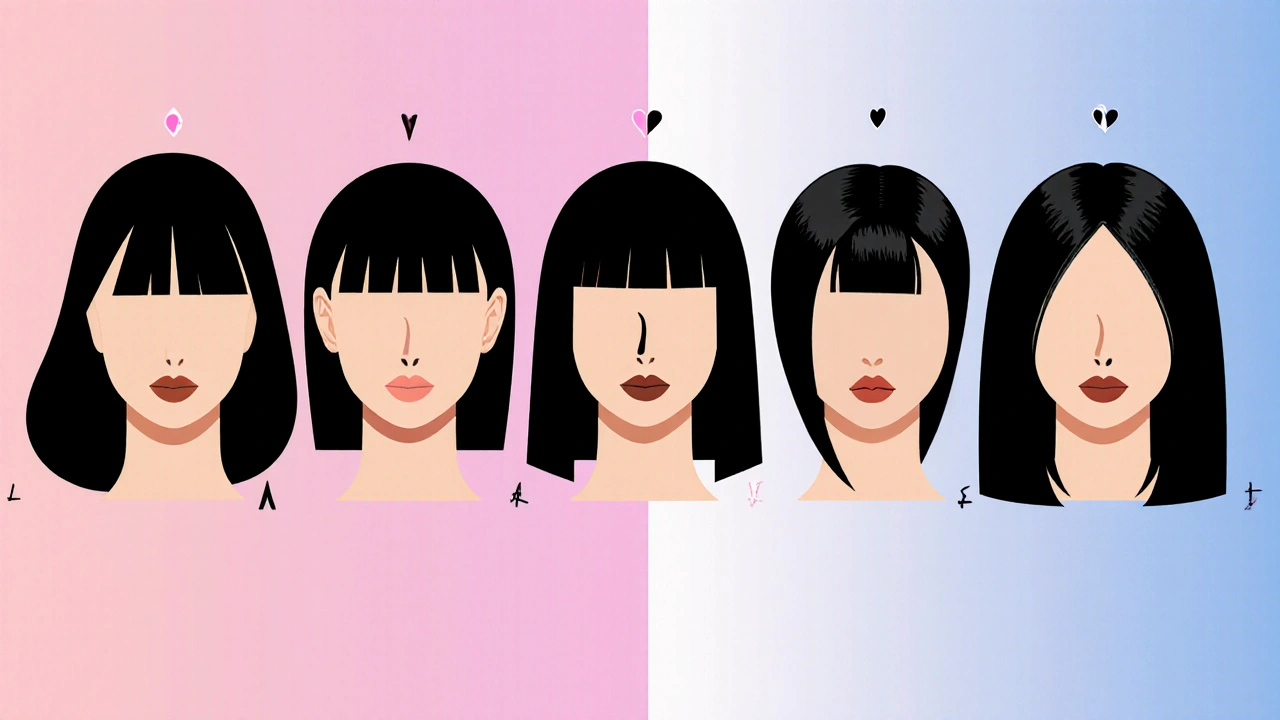
4. Styling Tips to Emphasize the Right Features
- Play with texture. Rough, choppy layers add horizontal movement that can offset a long nose.
- Strategic parting. A deep side part shifts visual weight to the opposite side, helping a wider nose feel narrower.
- Volume placement. Push volume to the crown for a short nose, or to the sides for a long nose.
- Finish with shine. A glossy finish catches light, drawing the eye to the hair rather than the nose.
- Use accessories wisely. Simple hair clips on the side of a round face add definition without overwhelming the look.
5. Common Mistakes & How to Avoid Them
- Choosing a cut that mirrors your face’s longest dimension. For example, a super long straight style on a rectangular face only elongates it further.
- Ignoring nose prominence. Heavy centre‑parted bangs can highlight a wide nose; opt for side‑swept or layered bangs instead.
- Over‑texturising fine hair. If your hair is thin, subtle layers work better than aggressive choppy cuts, which can make the face look smaller.
- Skipping professional consultation. A stylist can tweak the blueprint to your unique bone structure, not just the textbook shape.
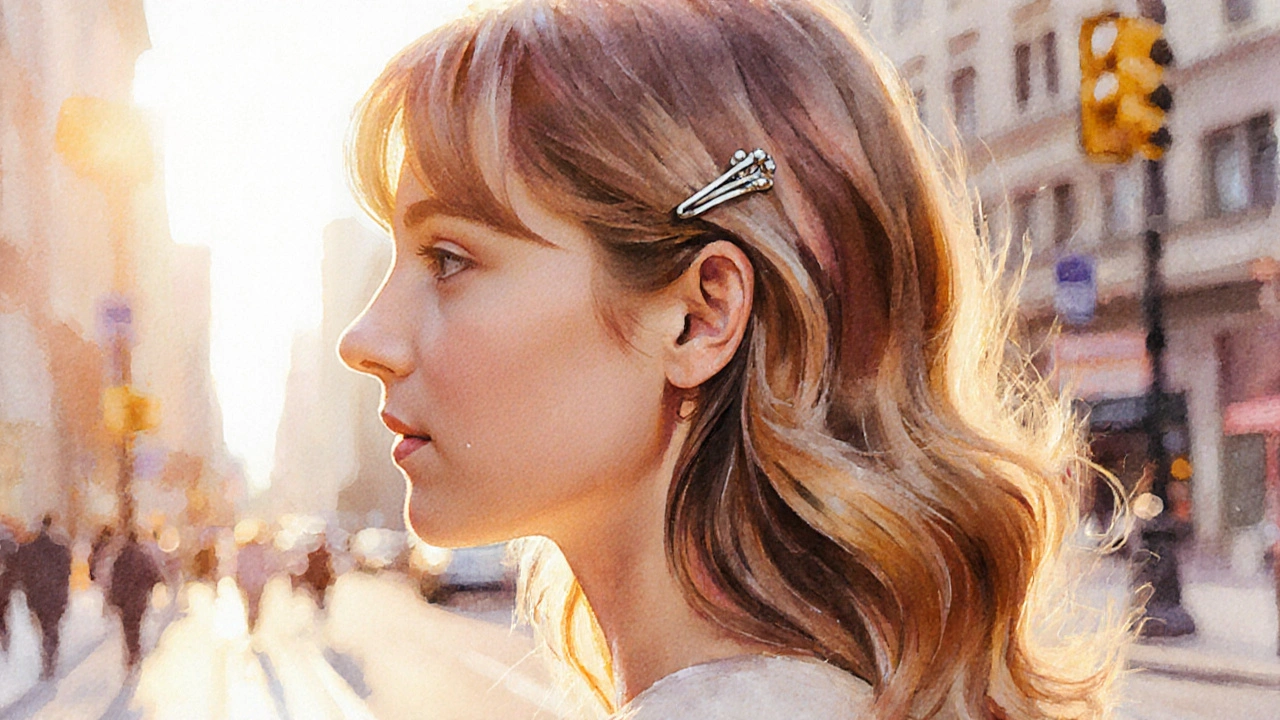
6. Quick Decision Checklist
- Did you measure forehead, cheekbones, and jawline?
- Did you note whether your nose feels long, short, wide, or pointed?
- Did you pick a style that adds volume opposite to your longest facial dimension?
- Is the chosen cut easy to maintain with your daily routine?
- Have you visualised the look with a virtual try‑on app or a sketch?
If you answered “yes” to most, you’re ready to book that appointment.
7. Frequently Asked Questions
Can I wear the same haircut if I change my glasses?
Glasses add a visual frame to your face, so a hairstyle that worked without them may look different with them. If your frames are thick, a side‑swept fringe can balance the extra width. If you wear light, rimless glasses, you have more freedom to experiment with bold cuts.
Do short haircuts ever work for a long nose?
Yes. A short pixie with textured layers and a side fringe creates horizontal lines that break up the vertical length of the nose, making it appear shorter.
How often should I trim to keep a layered bob looking fresh?
Every 6-8 weeks. This interval maintains the shape without letting the layers grow uneven, which can add unwanted bulk.
Is it okay to experiment with bold colour while changing my haircut?
Absolutely. Colour can reinforce the haircut’s intent. For example, a fiery copper shade on a layered shags adds warmth that draws attention away from a pointed nose.
What’s the best way to visualize a new style before committing?
Use a virtual makeover app that lets you upload a photo and try on various cuts. Alternatively, bring printed photos to your stylist and discuss how each would work with your specific facial features.

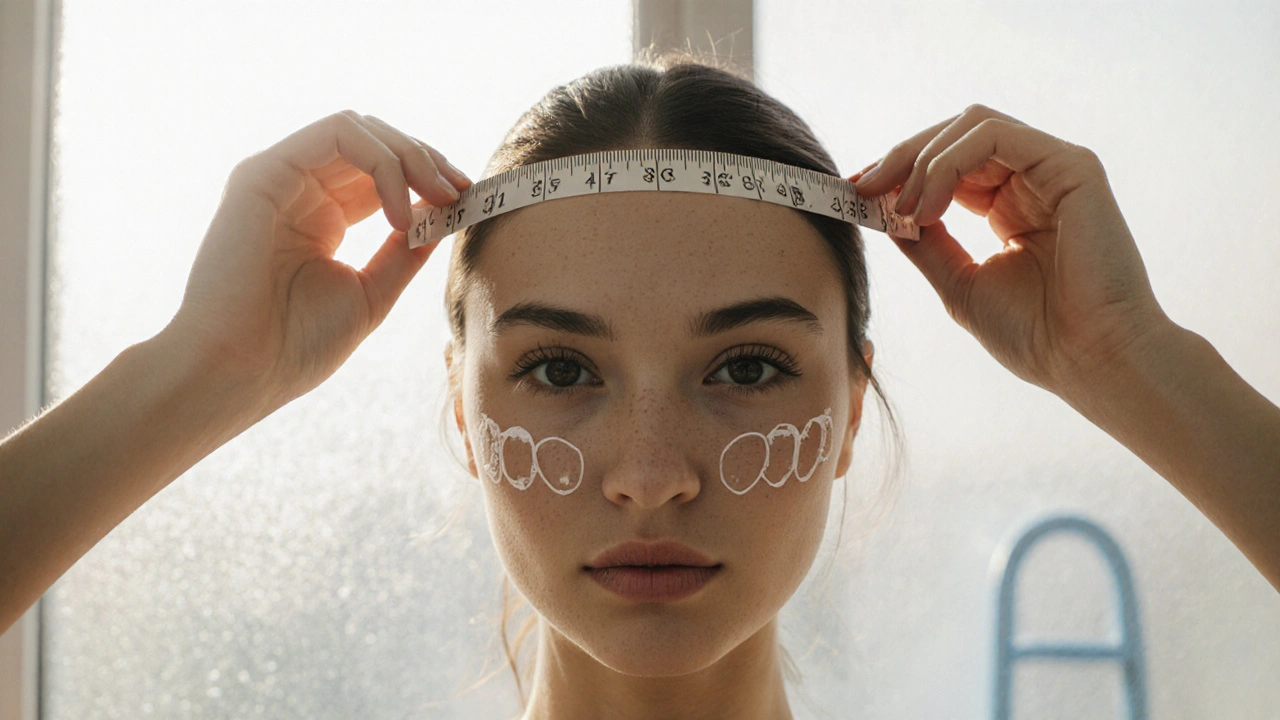
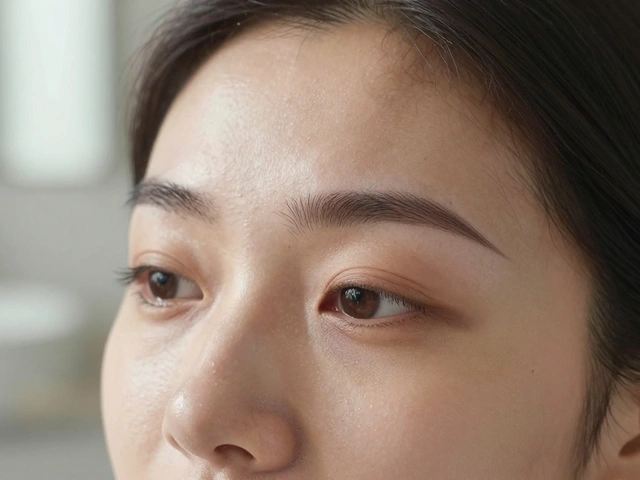
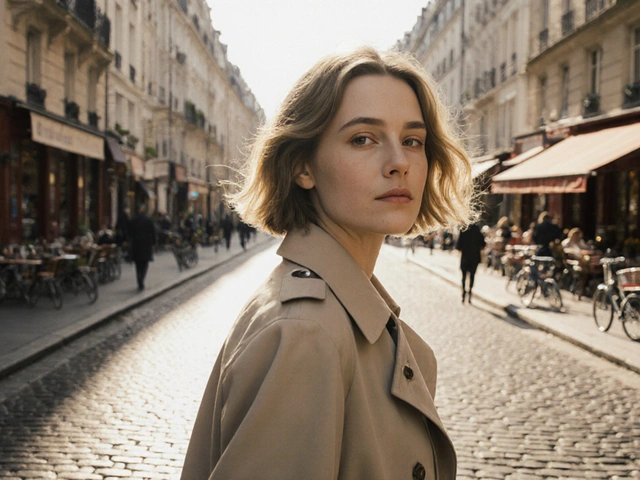


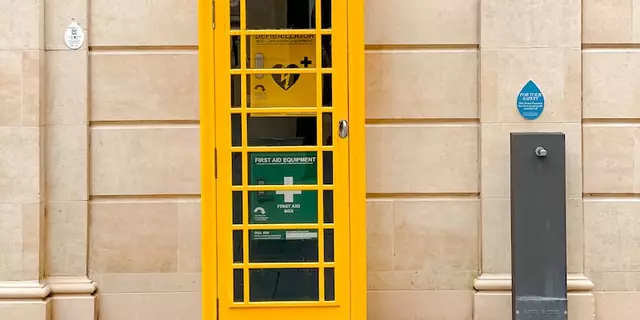
Sibusiso Ernest Masilela
October 23, 2025 AT 07:43If you think a table can replace a stylist, you’re living in a fantasy.
Daniel Kennedy
October 26, 2025 AT 02:32First off, kudos for diving into the whole face‑shape thing – most people just slap on a haircut and hope for the best. The way you break it down by nose length and width is actually pretty solid, especially the side‑swept bangs for a long nose. Just remember to keep the layers light if your hair’s fine, otherwise you’ll end up looking like a shaggy mop. Bottom line: experiment, but let a pro tweak the plan to fit your unique bone structure.
Taylor Hayes
October 28, 2025 AT 22:22I love how the guide emphasizes measuring forehead, cheekbones and jaw – it gives anyone a concrete starting point. One thing that trips people up is assuming every “round” face needs a blunt bob; a deep side part can actually add the illusion of length you want. If you have a wide nose, try adding a subtle side fringe, it pulls attention sideways rather than straight at the centre. And don’t forget texture: a few choppy layers can break up the vertical lines without looking over‑styled. Overall, treat the haircut as a frame, not a mask.
Mike Zhong
October 31, 2025 AT 18:11What this whole “best haircut” spiel reveals is our obsession with external symmetry masking internal insecurity. By assigning a hierarchy of facial features, we implicitly tell people that one part of them is flawed and must be hidden. Instead of chasing the perfect cut, consider embracing the asymmetry that makes you human. A haircut should amplify confidence, not merely camouflage perceived defects.
Jamie Roman
November 3, 2025 AT 14:00When I first started learning about face‑shape analysis, I thought it was just another buzzword in the salon industry, but the science behind it is actually quite fascinating. The human brain is wired to read shapes and patterns, so when we manipulate volume and line direction, we can subtly shift how we perceive other features. For someone with a long nose, the principle is to create horizontal emphasis – think layered side‑swept bangs, textured layers that start at the cheekbones, and perhaps a gentle wave that adds width. Conversely, a short nose benefits from vertical lift; a high crown or teased top can balance the proportions without looking over‑done. If you have a wide nose, the trick is to break the central mass with asymmetrical cuts, like an off‑center fringe or a shag that redirects the eye outward. In practice, I always start my clients with a simple measurement routine – a flexible tape, a mirror, and a notebook – because the numbers give us an objective baseline. Once the face shape is nailed down – oval, round, square, heart, or long – I cross‑reference it with the nose assessment to narrow down the style families. Then comes the styling phase: I like to demonstrate on a mannequin or use a virtual makeover app, so the person can see the potential outcome before any scissors touch their hair. A common mistake I see is over‑texturising fine hair; too many choppy pieces can make the scalp visible and the face appear smaller, which defeats the purpose of adding volume. Another pitfall is ignoring personal lifestyle – a high‑maintenance cut looks great in photos but can become a daily nightmare for someone with a busy schedule. Maintenance intervals are also crucial; a layered bob stays fresh if trimmed every 6‑8 weeks, while longer styles can stretch to 10‑12 weeks without losing shape. Finally, confidence is the best accessory you can wear. Even the most technically perfect haircut will fall flat if you don’t own it, and the opposite is true for a simple style worn with swagger. So, measure, plan, execute, and most importantly, walk out of the salon feeling like the best version of yourself. Remember, the journey to your ideal look is as rewarding as the destination.
Salomi Cummingham
November 6, 2025 AT 09:50Reading your deep dive felt like being handed a masterclass in hair geometry, and I must say, the way you wove the psychological angle into the practical advice was utterly captivating. Your point about the brain’s predilection for patterns really resonated – it’s almost a reminder that we’re constantly curating visual narratives. I’d add that beyond volume, the choice of color can act as a visual counterbalance, especially when you opt for cooler tones to soften a pointed nose. Also, while you mentioned virtual try‑ons, I’ve found that sketching the cut on a screenshot can highlight subtle asymmetries that software sometimes blurs. In any case, your emphasis on confidence as the final piece ties the whole guide together beautifully. Cheers for the thoroughness, it’s a rare treat to see such a comprehensive approach.
Sandy Pan
November 9, 2025 AT 05:39It’s interesting how the guide subtly nudges us toward an ergonomic view of beauty, treating the face like architecture. By aligning hair volume opposite the dominant facial axis, we’re essentially applying a principle of counter‑balance that appears in structural engineering. This crossover between disciplines underscores that aesthetic decisions are not merely cosmetic but rooted in geometry. Moreover, the discussion about texture as a horizontal force reminds me of how surface roughness can affect light diffusion in material science. In practice, this means a choppy layer isn’t just a trend; it’s a functional tool. The author’s emphasis on consulting a professional also reflects an awareness of individual variance that pure theory can’t capture. Ultimately, the interplay of form and function in hairstyles mirrors broader design philosophies.
Eric Etienne
November 12, 2025 AT 01:28Looks like a textbook copy‑paste, nothing new here.
Dylan Rodriquez
November 14, 2025 AT 21:18Great job breaking down the steps – the checklist at the end is especially handy for anyone who feels overwhelmed. Remember, the best haircut is the one that makes you feel good every morning, not just the one that looks good in a photo. Keep experimenting and trust your instincts!
Amanda Ablan
November 17, 2025 AT 17:07Thanks for the thorough guide; I’m definitely going to try the side‑swept bangs on my round face. The part about using accessories wisely is a nice reminder not to overdo it.